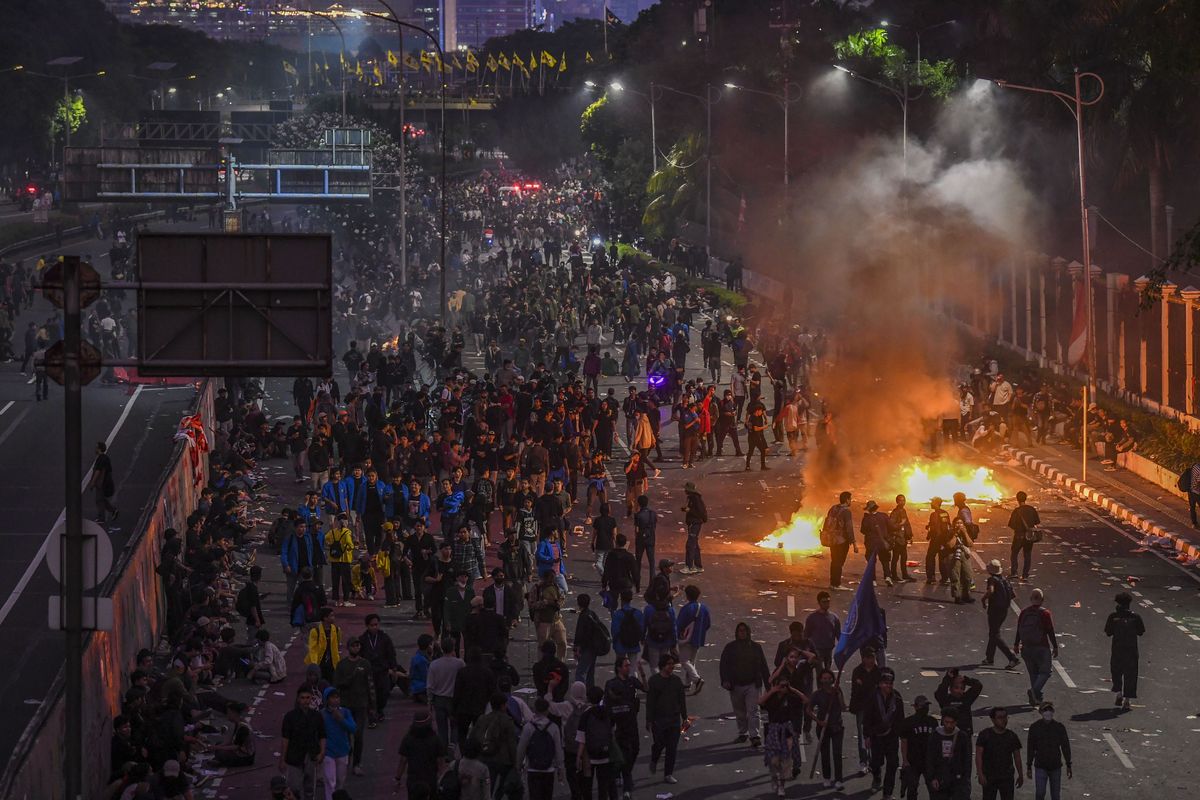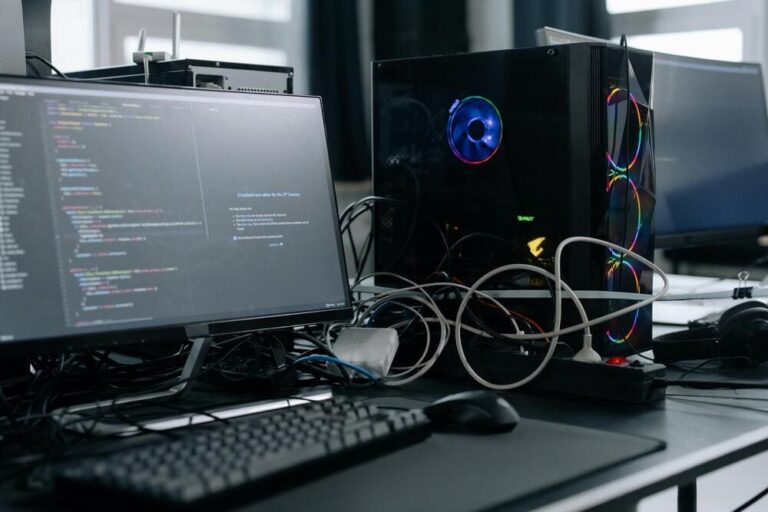Table Of Contents
- The Risks: When Communication Fails, Reputation Falls
- Six Digital Essentials Every Brand Should Prepare
- Real-World Example: Brands That Stayed Resilient During Social Disruption
- What Not to Do During a Social Crisis (and How to Lead With Clarity)
- Final Thought – Be the Brand That Shows Up, Even When It’s Hard
- First, set up auto-reply systems on your core communication channels — especially WhatsApp and Instagram. When your team can’t respond in real time, these automated messages let customers know you’ve received their inquiry and when they can expect a reply. A warm, empathetic auto-response can make a huge difference during moments of tension or delay. It reassures people that you’re still present, even if you’re not online 24/7.
- Second, update your operational status across all public-facing platforms. That includes your website, Instagram bio, pinned stories, Google Business Profile, and even your email signature. If you’re temporarily closed or have changed service hours, say it upfront. Avoid leaving people guessing. Clear information builds clarity — and clarity builds trust.
- Third, pause or adjust your digital ads. Crisis moments can shift audience behavior drastically. Your usual ads may no longer perform well or might even come across as tone-deaf. Consider changing your ad copy, targeting, or budget allocation. In some cases, it’s better to temporarily pause and focus on organic communication until the situation stabilizes.
- Fourth, prepare pre-written content templates that express empathy and understanding. These aren’t hard-sell messages. Instead, they’re simple, human updates that say: “We’re here. We care. And we’ll keep you informed.” These can be used across feed posts, stories, emails, and chats. Having them ready prevents rushed communication that may sound cold or inappropriate.
- Fifth, implement a lightweight dashboard to track internal status and share real-time updates with your team. Whether it’s a Notion board, Google Sheet, or a Slack channel, having a single source of truth helps avoid miscommunication. Everyone knows what’s happening — who’s on duty, what’s paused, what’s still running.
- Lastly, align your remote coordination tools. Make sure your team has access to cloud-based folders, shared calendars, and simple check-in systems. This is especially important if some team members can’t come to the office or are responding from different locations. Fast coordination = faster response to customers.
None of these steps require huge budgets or technical skills. What they require is clarity, preparation, and intention. The more proactive you are now, the less reactive you’ll have to be later. In the next section, we’ll look at real-world examples of brands that stayed resilient during social disruptions — and what you can learn from them.












